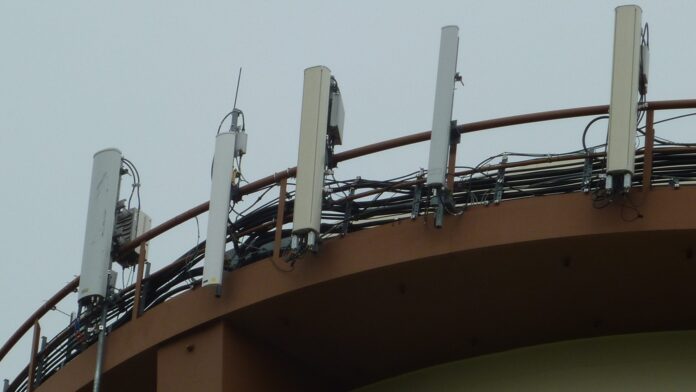In connection with a number of announcements earlier this week, Sprint took select analysts on a tour of one of its latest cell sites in the Chicago area, showing off the fruits of its intensive Network Vision and Spark programs.
According to reports from analysts, including Wells Fargo Securities senior analyst Jennifer Fritzsche, and Cowen and Company analysts Colby Synesael and Gregory Williams, Sprint is indeed making progress in its network evolution, though it seems that there is still considerable work to be done.
According to Synesael, Sprint told those on the tour that the carrier was testing several hundred sites in three markets using its latest network technology being provided from all three of its network vendor partners: Ericsson, Samsung and Alcatel-Lucent. However, Sprint has also said it would work with Nokia Networks on its Spark program. Those sites were currently supporting a single, 20-megahertz channel of 2.5 GHz spectrum, with plans to add a second 20-megahertz channel by year end and yet another 20-megahertz channel by the end of 2015. That would provide a single site with up to 60 megahertz of 2.5 GHz spectrum, which Sprint Chief Network Officer John Saw would support downlink speeds of up to 150 megabits per second.
Those 2.5 GHz radios were the latest eight-transmit/eight-receive, remote radio head models that had eight cables going in and eight cables coming out of each radio. Saw told analysts that those radios were hardware-capable of supporting the eventual 60 megahertz of spectrum, with only a software upgrade necessary to take advantage of the additional spectrum support. The trial sites were set up to support capacity enhancements to Sprint’s network, thus Saw explained that coverage from each site was at just under one mile, with each of its three sectors able to handle up to 600 users.
Overall, Sprint said it remained comfortable in hitting its plans for covering 100 million potential customers with its 2.5 GHz-powered Spark service, which would still be about 30 million fewer pops than what Clearwire had managed to cover with its WiMAX service using the same 2.5 GHz band. Sprint earlier this year announced plans to turn off all WiMAX support by the end of 2015. As part of its WiMAX shut down, Sprint said it expects to de-commission approximately 6,000 “redundant sites” that could cost the carrier up to $100 million. Clearwire managed to deploy WiMAX across 17,000 total sites, with Sprint planning to keep around 10,000 Clearwire sites to support LTE services.
Saw told those on the most recent tour that the carrier would probably need to eventually have more than the 55,000 current sites online in order to support its coverage and capacity needs. As part of that, Saw said Sprint was beginning to look more closely small cell and distributed antenna systems, which Cowen & Co. noted was “different from comments at its October event when it simply stated this wasn’t likely to become more of a focus until [second half of 2015].”
Sprint’s Network Vision program was initially scheduled to include the decommissioning of approximately 20,000 macro sites, taking the carrier’s total count to less than 40,000 total sites. However, Sprint noted that as part of the Spark program it will continue to support approximately 55,000 macro sites for the “next few years.” The carrier did note last October that small cell deployments were expected to begin in 2014, “continuing into 2015 and beyond.”
Beyond its 2.5 GHz plans, the Sprint trial sites were reportedly not running support for LTE in the carrier’s 800 MHz band that it was freeing up as part of turning down its legacy iDEN network. Once fully decommissioned, Sprint will have approximately 14 megahertz of spectrum in the 800 MHz band that it can use to support its LTE and CDMA services. The carrier has already talked about deploying CDMA2000 1x-Advanced technology in the 800 MHz band in an attempt to bolster coverage for its voice services, with plans to add support for FDD-LTE as well as part of its Spark program.
Bored? Why not follow me on Twitter

Sprint site tour shows Spark influence, lack of 800 MHz LTE
ABOUT AUTHOR
